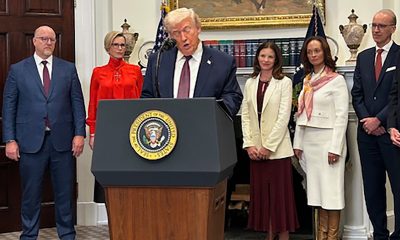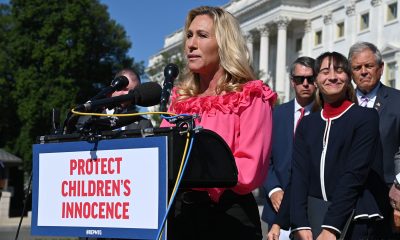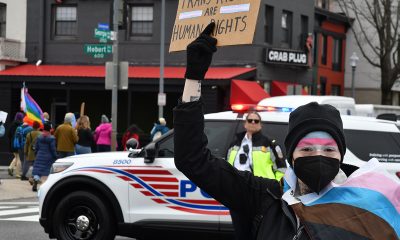Arts & Entertainment
Thousands brave heat for pride parade, festival
Mayor, ten Council members march in parade

With the U.S. Capitol as a dramatic backdrop, tens of thousands of LGBT people and their friends and families jammed Pennsylvania Avenue on Sunday for the District of Columbia’s 36th annual Capital Pride festival.
One day earlier, D.C. Mayor Vincent Gray and ten members of the 13-member D.C. City Council joined dozens of LGBT groups, colorful floats, marching bands, and thousands of individual marchers in the annual Capital Pride Parade, which snaked its way along city streets lined with thousands of spectators.
Gray also spoke at Sunday’s festival before introducing the day’s lead entertainer, Broadway actress and singer Jennifer Holliday, who debuted her new single “Magic,” marking the song’s word premiere.
Although city officials and police no longer provide official crowd estimates for large-scale events, Capital Pride organizers said they believe between 200,000 and 250,000 people turned out for the parade and festival.
“Everything was absolutely fantastic,” said Capital Pride spokesperson Scott Lusk. “All of our community partners and volunteers and attendees showed up in great numbers and with great enthusiasm. It was an absolute fantastic weekend.”
Eighteen-year-old Tiffany Johnson from Southeast D.C., who stood with a group of friends near the festival’s main stage just before Holliday began her performance, said this year’s festival represented the first time she had ever attended Capital Pride.
“It’s just awesome,” she said. “It’s just so great to be able to come out to something like this.”
Angelo Jimenez, 54, a resident of Richmond, Va., said this year’s festival marked the 31st consecutive year he has traveled to D.C. to attend the city’s Pride festival.
“I came for the first time in 1980 and haven’t missed a single year,” he said. “That tells you how much this means to me.”
Other festival attendees who approached the Blade’s booth identified themselves as residents of states up and down the mid Atlantic region as well as from the D.C. metropolitan area.
Gray and a contingent of city officials, including gay activist Jeffrey Richardson, director of the city’s Office of GLBT Affairs, walked along Saturday the entire parade route, which began at 22nd and P Streets, N.W., near Dupont Circle, and ended nearly two miles later at 14th and N Streets, N.W., near Thomas Circle.
Most of the Council members, including gay Council members David Catania (I-At-Large) and Jim Graham (D-Ward 1), also walked or rode in cars along the full parade route.
The other Council members participating in the parade included Council Chair Kwame Brown (D-At-Large) and Council members Phil Mendelson (D-At-Large), Michael Brown (I-At-Large), Vincent Orange (D-At-Large), Jack Evans (D-Ward 2), Mary Cheh (D-Ward 3), Muriel Bowser (D-Ward 4), and Tommy Wells (D-Ward 6).
Gray had invited the Council members to join his contingent, which he named the “D.C. 41,” in recognition of the 41 city officials and activists, including Gray and six Council members, who were arrested in April outside a Senate office building near the Capitol in a protest against congressional intrusion in D.C. affairs.
But most of the Council members chose to march or ride in their own contingents just behind the mayor’s contingent.
Following closely behind the D.C. elected officials’ contingents was Adam Ebbin, the openly gay member of the Virginia House of Delegates from Alexandria, who is running for a seat in the Virginia Senate.
The parade was led by an escort of D.C. police cars staffed by members of the department’s Gay and Lesbian Liaison Unit.
Following closely behind the police escort was a contingent of leaders and supporters of the Trevor Project, a nationally recognized organization that works to prevent LGBT teen suicide. Capital Pride selected the Trevor Project contingent as the parade’s grand marshal.
A D.C. Public Schools contingent was among the parade contingents that attracted considerable attention and drew loud applause throughout the parade route. It included teachers, parents, and elementary school kids, with some waving rainbow flags.
Similar to past years, D.C.’s Different Drummers, the city’s LGBT marching band, and the Lesbian and Gay Big Apple Corps Marching Band of New York City marched and performed in the parade.
Capital Pride organizers said they were especially pleased with the wide diversity of groups and vendors that participated in both the parade in festival. In addition to a large number of national and local LGBT organizations, such as the Human Rights Campaign, the National Gay & Lesbian Task Force, the Gertrude Stein Democratic Club, and the Gay & Lesbian Activists Alliance, LGBT oriented religious, sports, and social groups participated in both event, organizers said.
A number of the city’s gay bars and nightclubs also had colorful floats in the parade. Bathing suit clad men danced to music blaring from a float from Nellie’s Sport Bar. Drag performers and male go-go dancers in bathing suites also danced to music broadcast from loud speakers atop two large flatbed trucks that made up the float for Ziegfeld’s-Secrets, the gay club in Southwest D.C. that features drag shows and male strippers.
A number of new commercial and corporate venders participated in this year at the festival, according to Capital Pride officials. Among them were the Saab automobile company and Macy’s department stores. Both were among this year’s Capital Pride corporate sponsors.
Among some of the others displaying their information at festival booths were the Goddard Space Flight Center Gay, Lesbian, Bisexual and Transgender Advisory Committee; the Corcoran Gallery of Art and College of Art; the Gay-Straight Alliance of Montgomery Blair High School in Montgomery County, Md.; the Embassy of Sweden; Amtrak; the Capital Cat Clinic; the D.C. Office of Human Rights and D.C. Child and Family Services Agency.
Capital Pride board president Michael Lutz said this year’s festival included expanded family related activities, with a special family section that provided children’s games and children’s entertainment.
The Washington Nationals Baseball Team also had a presence at the festival, with at least one of its “racing presidents,” actors dressed as past U.S. president with oversized puppet-like heads, walking through the festival grounds.
The Nationals are hosting the annual LGBT “Night Out at the Nationals” game on June 21, which is sponsored by the local LGBT sports group Team D.C.
Capital Pride officials have said it costs about $500,000 to put on the annual D.C. pride events, including the parade and festival. Lutz said contributions from corporate sponsors, at least 25 local and national LGBT and LGBT-supportive organizations who sign on as Pride Community Partners, and fundraising events generate the funds needed to pay for Capital Pride.
“We’re in great shape financially,” said Lutz, who noted that a full accounting of the group’s finances is released each year after an independent accountant completes the bookkeeping process.
Books
‘Dogs of Venice’ looks at love lost and rediscovered
A solo holiday trip to Italy takes unexpected turn
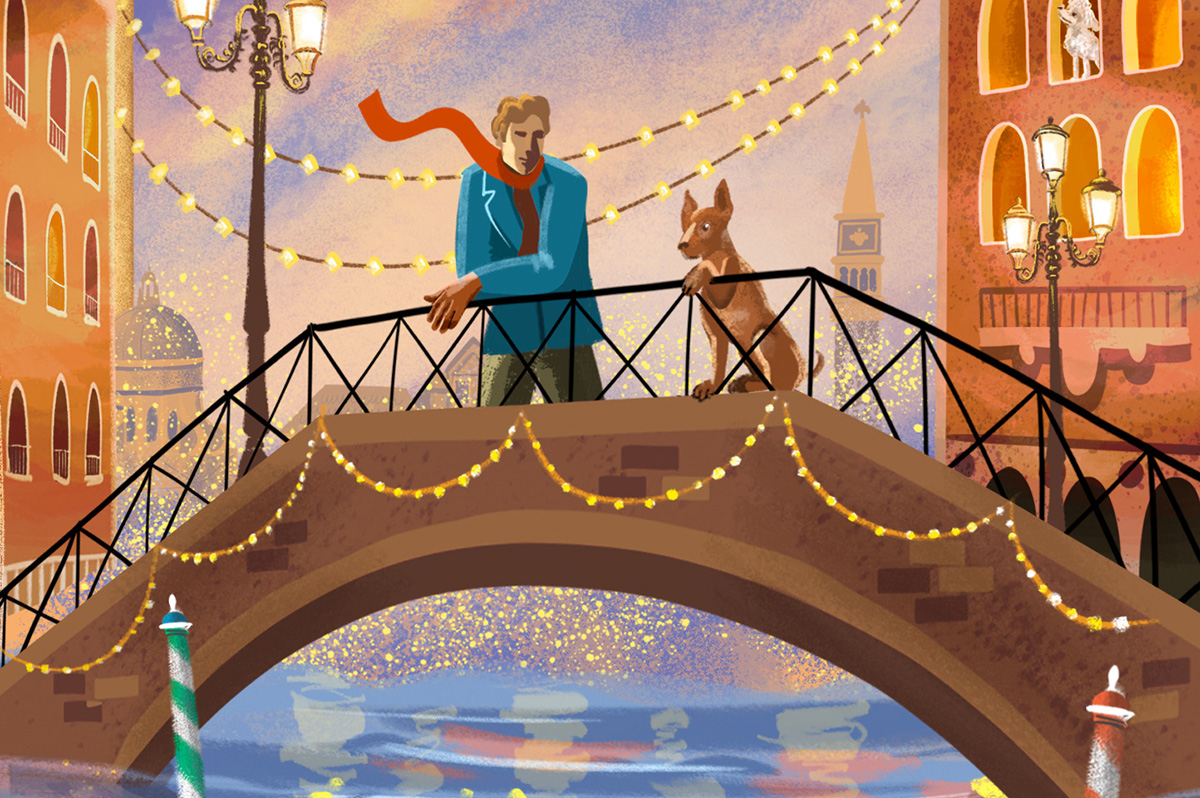
‘The Dogs of Venice’
By Steven Crowley
c.2025, G.P. Putnam & Sons
$20/65 pages
One person.
Two, 12, 20, you can still feel alone in a crowded room if it’s a place you don’t want to be. People say, though, that that’s no way to do the holidays; you’re supposed to Make Merry, even when your heart’s not in it. You’re supposed to feel happy, no matter what – even when, as in “The Dogs of Venice” by Steven Rowley, the Christmas tinsel seems tarnished.

Right up until the plane door closed, Paul held hope that Darren would decide to come on the vacation they’d planned for and saved for, for months.
Alas, Darren was a no-show, which was not really a surprise. Three weeks before the departure, he’d announced that their marriage wasn’t working for him anymore, and that he wanted a divorce. Paul had said he was going on the vacation anyhow. Why waste a perfectly good flight, or an already-booked B&B? He was going to Venice.
Darren just rolled his eyes.
Was that a metaphor for their entire marriage? Darren had always accused Paul of wanting too much. He indicated now that he felt stifled. Still, Darren’s unhappiness hit Paul broadside and so there was Paul, alone in a romantic Italian city, fighting with an espresso machine in a loft owned by someone who looked like a frozen-food spokeswoman.
He couldn’t speak or understand Italian very well. He didn’t know his way around, and he got lost often. But he felt anchored by a dog.
The dog – he liked to call it his dog – was a random stray, like so many others wandering around Venice unleashed, but this dog’s confidence and insouciant manner inspired Paul. If a dog could be like that, well, why couldn’t he?
He knew he wasn’t unlovable but solo holidays stunk and he hated his situation. Maybe the dog had a lesson to teach him: could you live a wonderful life without someone to watch out for, pet, and care for you?
Pick up “The Dogs of Venice,” and you might think to yourself that it won’t take long to read. At under 100 pages, you’d be right – which just gives you time to turn around and read it again. Because you’ll want to.
In the same way that you poke your tongue at a sore tooth, author Steven Rowley makes you want to remember what it’s like to be the victim of a dead romance. You can do it here safely because you simply know that Paul is too nice for it to last too long. No spoilers, though, except to say that this novel is about love – gone, resurrected, misdirected – and it unfolds in exactly the way you hope it will. All in a neat evening’s worth of reading. Perfect.
One thing to note: the Christmas setting is incidental and could just as well be any season, which means that this book is timely, no matter when you want it. So grab “The Dogs of Venice,” enjoy it twice with your book group, with your love, or read it alone.
The Blade may receive commissions from qualifying purchases made via this post.
a&e features
Local, last-minute holiday gift ideas
Celebrate the season while supporting area businesses

The DowntownDC Holiday Market is bustling. Union Station is decked out with its annual Christmas tree. Washingtonians have wrapped their houses and apartment balconies with festive lights and holiday decorations. The holiday season is here. And with stockings to fill and empty space under the tree, Washington’s local shops and artists have plenty to offer.
Show your LGBTQ and D.C. pride with the Washington Blade’s annual holiday gift guide.
To embrace the holiday buzz: The Blanco Nwèl cocktail from Alchy Cocktails. This Caribbean eggnog is one of Alchy Cocktail’s seasonal holiday cocktails. The flavor profile is similar to coquito, a traditional Puerto Rican Christmas drink with a coconut base. As a queer and Caribbean-owned business, Alchy Cocktails has been based out of Washington since 2021. Blanco Nwèl is available in both cocktail ($24) and mocktail ($12) online and at a variety of holiday markets, including the Tingey Plaza Holiday Market, the Flea Market at Eastern Market, Union Station’s Main Hall Holiday Market, and more. ($24)
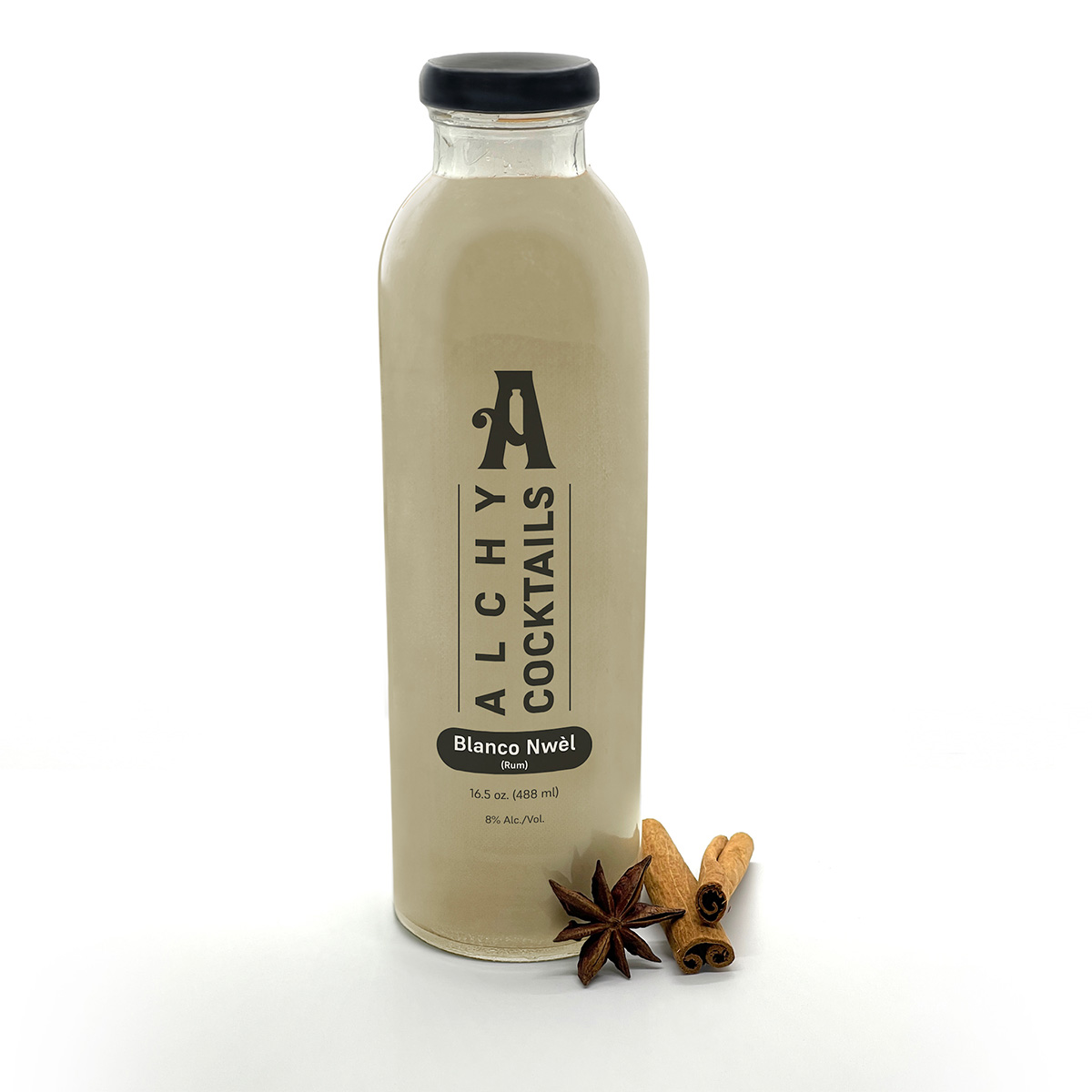
A spicy bite: Gordy’s Cajun Okra from Salt and Sundry. These spicy, tangy pickles pull on Southern Cajun-style flavors, packing a punch with paprika, cayenne, and more. Gordy’s is an LGBTQ-owned and Washington-based brand, making this gift an opportunity to support a local LGBTQ business straight from the jar. This pantry staple is available on Salt & Sundry’s website and at its locations in Union Market, Logan Circle, and its Georgetown holiday pop-up store. ($14)
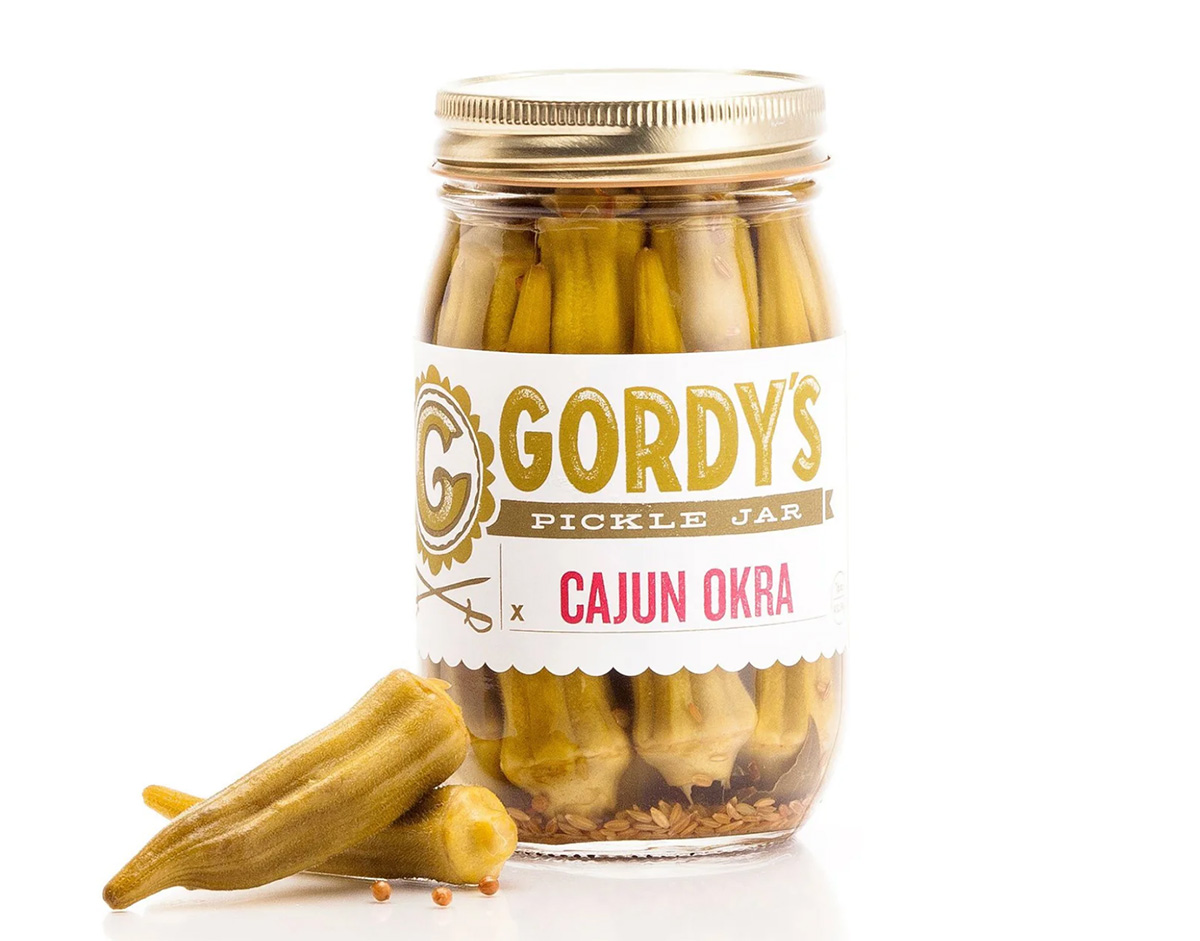

To celebrate Washington pride: The DC Landmark Tote Bag from The Neighborgoods. Native Washingtonians, visitors, friends and family alike will find something to love about this Washington-themed tote bag. Food trucks, the 9:30 Club, the Metro logo and pandas from the National Zoo are just some of the city’s landmarks depicted across the tote in a red, white, and blue color palette. The tote is a part of the DC Landmarks collection, which donates 10 percent of its sales to the American Civil Liberties Union. The Neighborgoods itself is a local, woman-owned business built out of a passion for screen-printing in 2013. The 100 percent cotton canvas tote is for sale online or at the DowntownDC Holiday Market. ($22)
To give friends and family their flowers: The Flowers Bandana from All Very Goods. This 100 percent cotton bandana was designed in Washington and hand printed in India. Its uniqueness comes in being covered with the faces of Black women, representing a “love letter to all women but especially Black women,” according to All Very Goods. The Black woman-owned and operated business, based out of Northwest Washington, has a mission to celebrate diversity and representation through its products. The bandana intends to give Black women their “flowers.” The Flowers bandana is available for purchase online. ($24)
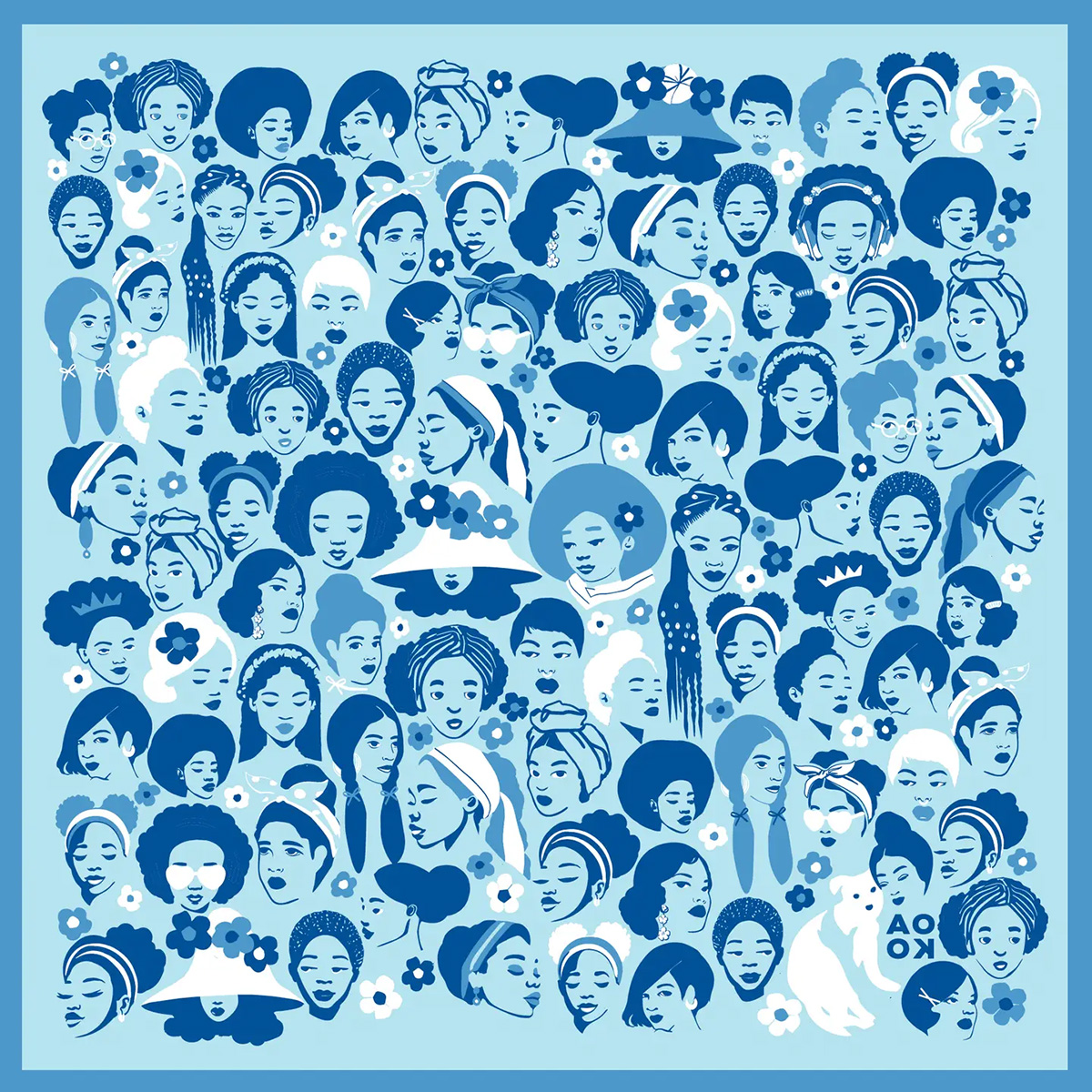
To unlock culinary creativity: The Curious Chef Gift Collection from Each Peach Market. This customizable collection of kitchen oddities — ranging from tinned fish to chili oil — is a quirky gift for the most inventive chefs. The collection is available in a Standard Santa, Extra Goodies and Super Holiday Size for up to $165. The Washington-based market, founded in 2013, permits customers to make the collection special by specifying what unique ingredients are packaged, including products made by local or LGBTQ brands. Each Peach Market offers assembly and pick up in-person at its Mount Pleasant shop and also offers local delivery and nationwide shipping via its website. ($85)
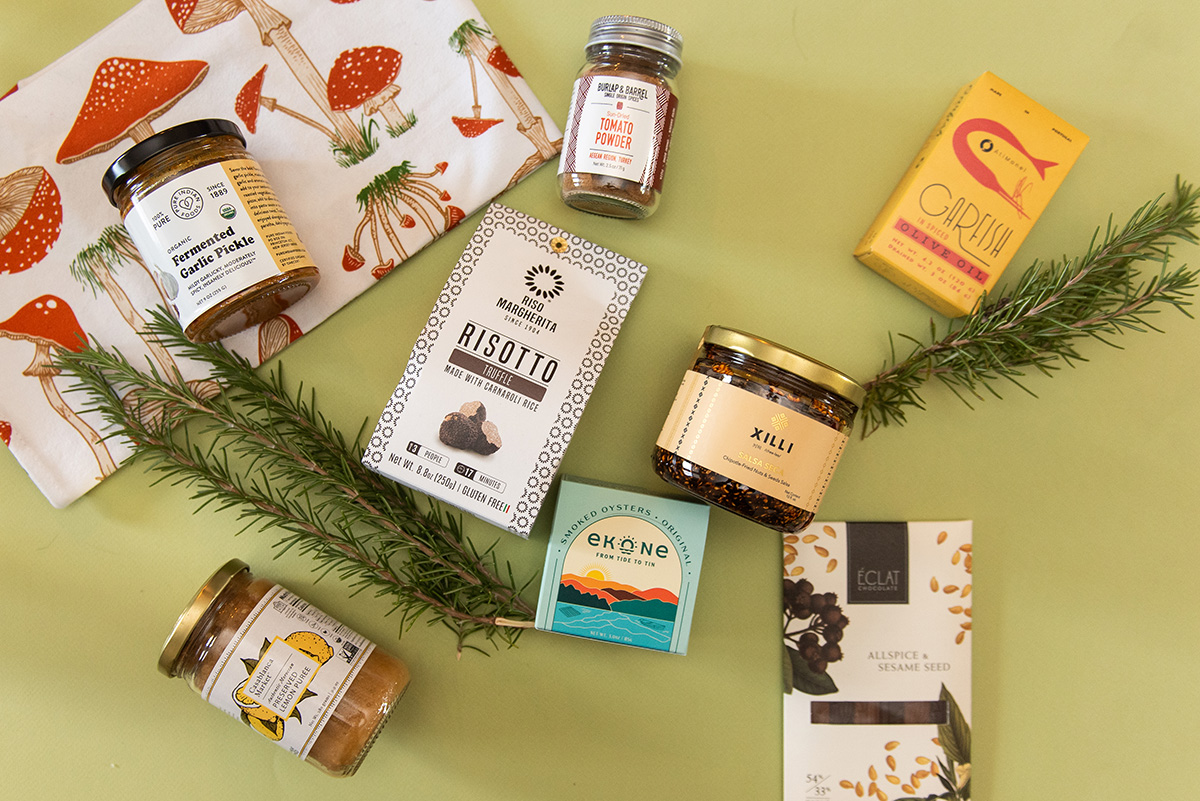
To give a touch of sweetness: The DC Landmark Chocolate Covered Oreo Holiday Cookies from Capital Candy Jar. Wrapped in a festive red bow, this box of nine cookies embraces love for Washington and the holiday season in one. Among the dark and milk chocolate covered cookies are images of the U.S. Capitol, the White House, the Lincoln Memorial, the Jefferson Memorial and festive hollies. The treat, packaged in a Hill East facility just a few blocks from the Capitol, is available for purchase online and at the DowntownDC Holiday Market. ($23.95)

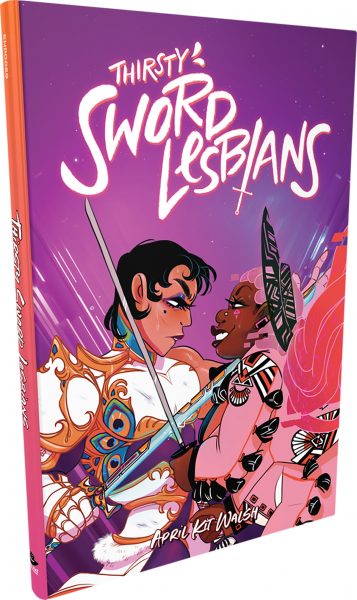
To celebrate queer gaming: Thirsty Sword Lesbians from Labyrinth Games & Puzzles. This roleplaying game embraces lesbian culture by unlocking a world of swords, romance, and battle. Ideal for group settings, the book presents a system of world building and character identities that are best brought to life by creative minds. Labyrinth, which has been a local Washington business for more than 15 years, celebrates non-digital fun through games and puzzles that connect the community. This gift is offered online and at Labyrinth’s Capitol Hill location. ($29.99)
To make a bold statement: The “Resist” T-shirt from Propper Topper. This locally screen-printed black tee features the Washington flag designed within a raised fist, symbolizing both Washington pride, and political resistance. The shirt is made exclusively by Propper Topper, a local Washington business that evolved from a hat shop to a gift store since opening in 1990. The tri-blend unisex shirt is available both for pickup at Propper Topper’s Cathedral Heights location and shipping via the online site. ($32)
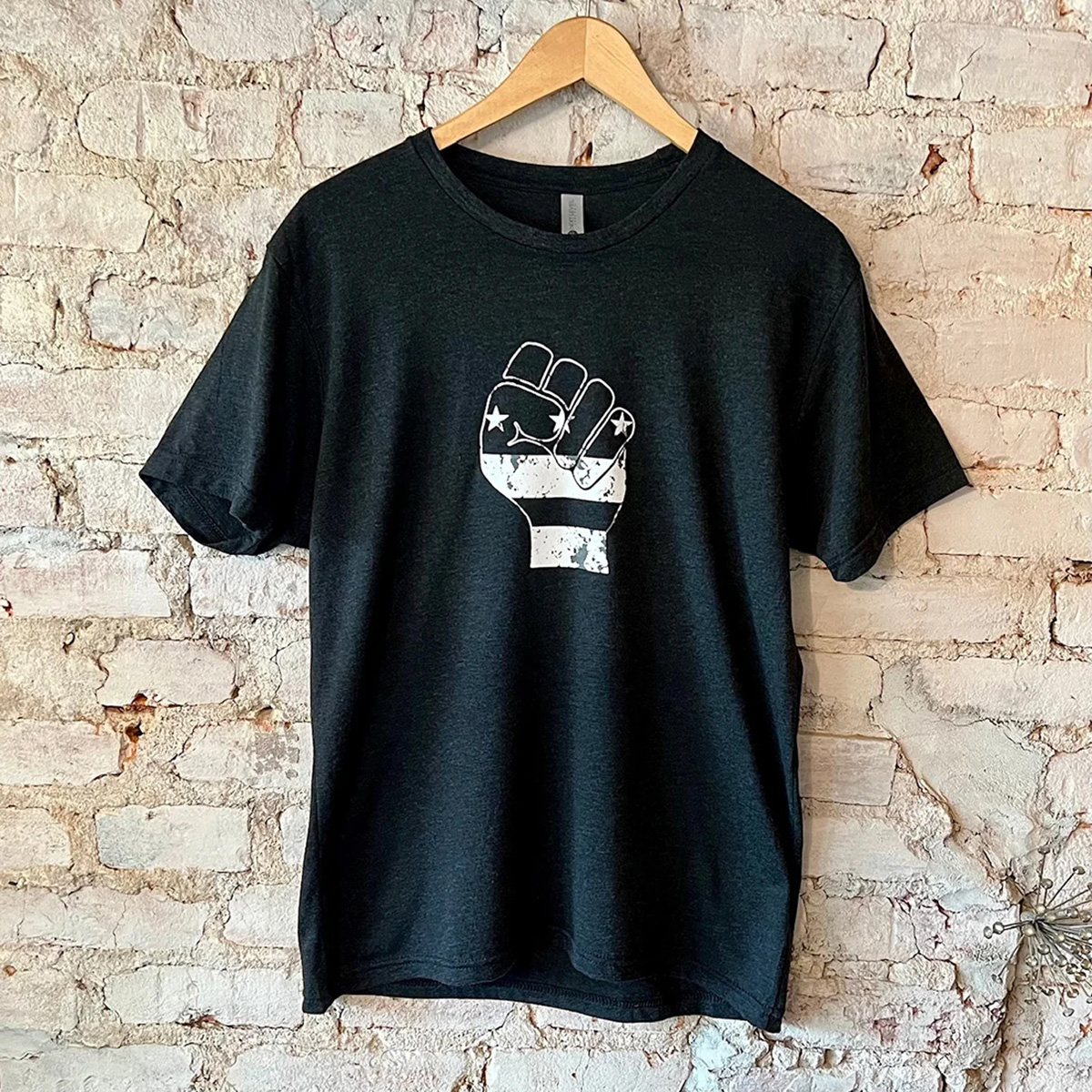
To keep it c(g)lassy: The Glass Ball earrings from Blue Moon Aquarius. Gifting can rarely go wrong when it comes to a new pair of earrings. The unique statement earrings — made of polymer clay, glass, and 18k gold plating over surgical steel — are hand cut, sanded and assembled in Washington, meaning each set is unique. Blue Moon Aquarius, a local brand, is known for its small batch jewelry and home decor designed with clay materials. Available in oxblood, hunter green, lavender, and bluestone color palettes, these earrings are available for purchase on Blue Moon Aquarius’ website and at the DowntownDC Holiday Market. ($48)
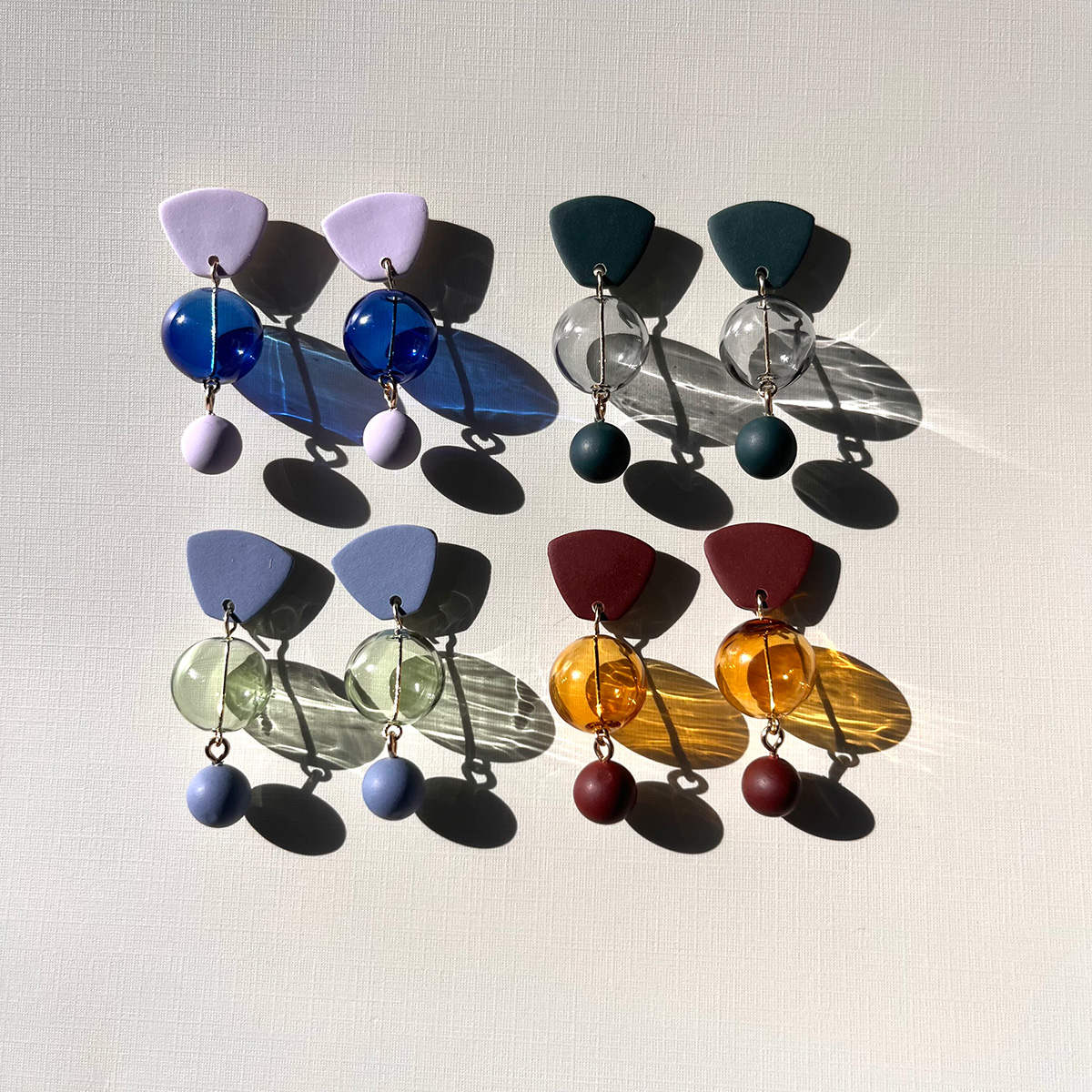
To elevate a holiday tea or charcuterie party: The Honey Flight: Tea Lover’s Selection from BannerBee. This local honey company presents the ideal gift to make cozying up with a cup of tea slightly more special. The Honey Flight contains three types of raw wildflower honey infused with fair trade Ugandan vanilla bean, chai spices, and locally sourced lemon thyme herb. The gift is also an opportunity to uplift a family company based in the Mid-Atlantic that offers all-natural, sustainable products. The flight is available online, at the DowntownDC Holiday Market or at the Arlington Courthouse and Dupont Farmers’ Markets. ($36)

For Baltimore shoppers: If you’re in Charm City, don’t miss Balston Mercantile, opened by a gay couple in June. Their gorgeous shop in the Hampden neighborhood offers an array of unique, upscale finds, from barware and artwork to cookbooks and home decor and more. (849 W. 36th St.)
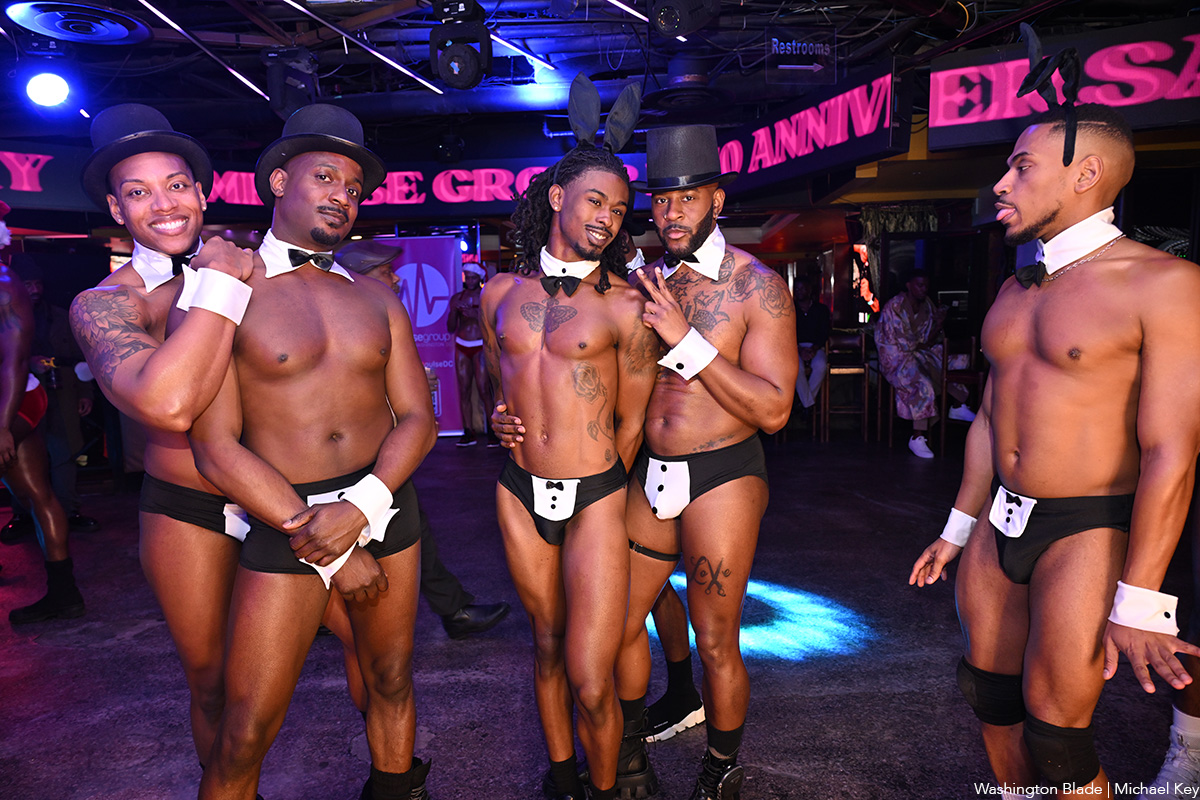
Impulse Group DC held “10’s Across the Board: A Celebration of 10 Years” at Bravo Bravo (1001 Connecticut Ave., N.W.) on Sunday, Dec. 14. Impulse Group DC is a volunteer-led 501(c)(3) and affinity group of AIDS Healthcare Foundation dedicated “to engaging, supporting, and connecting gay men” through culturally relevant health and advocacy work.
(Washington Blade photos by Michael Key)

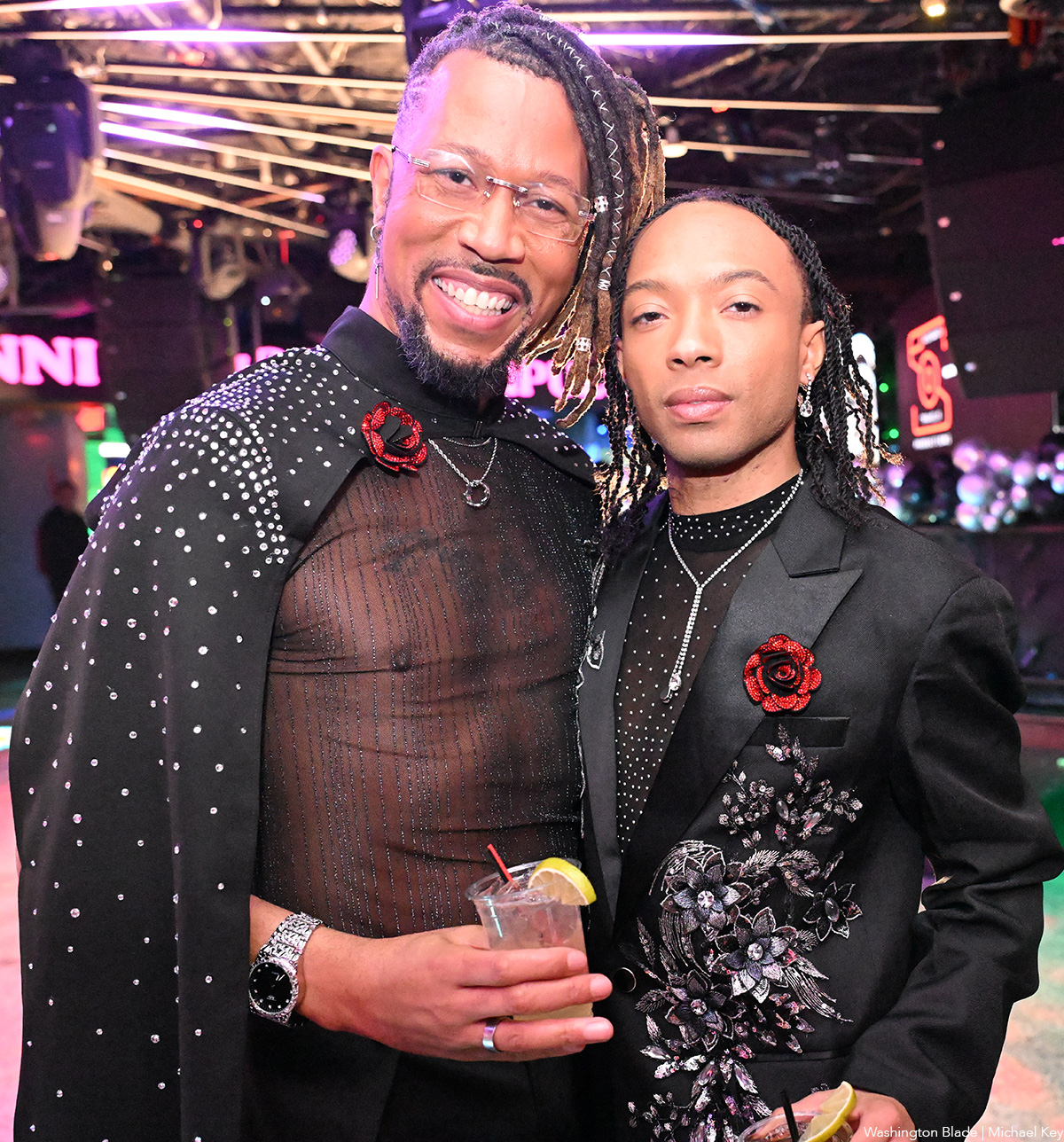
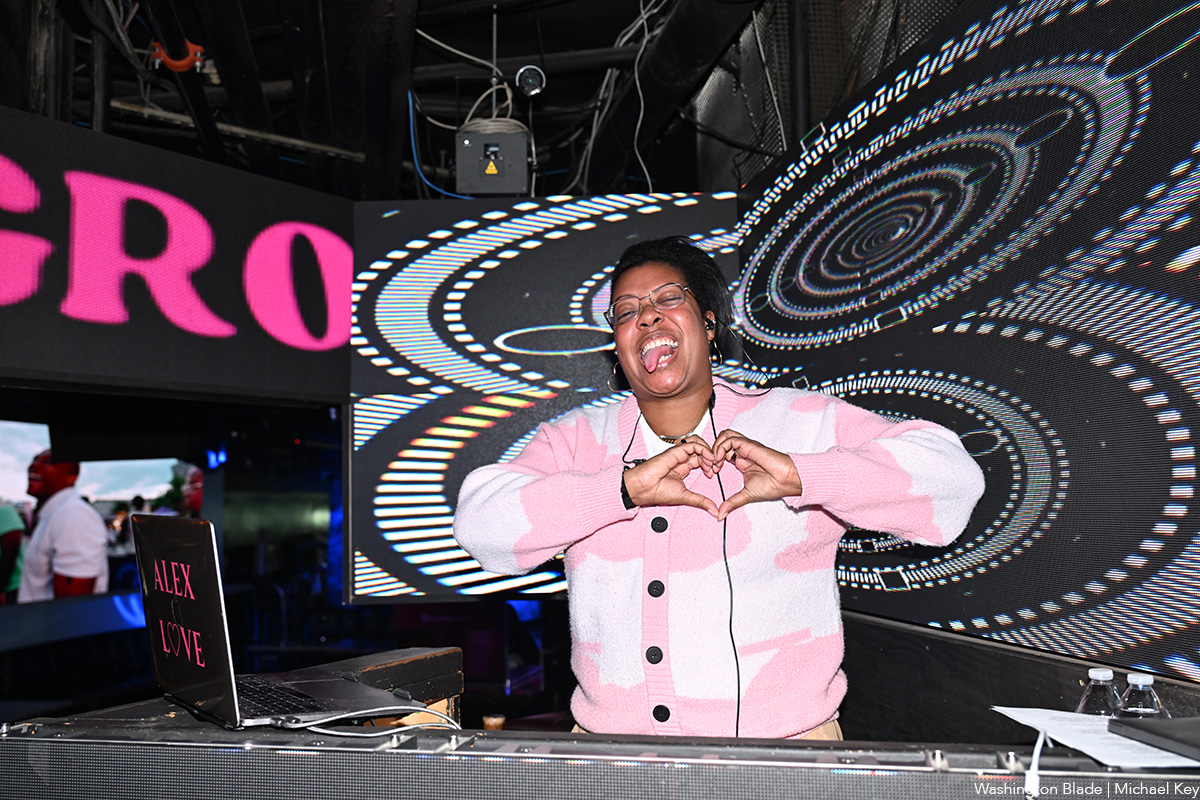
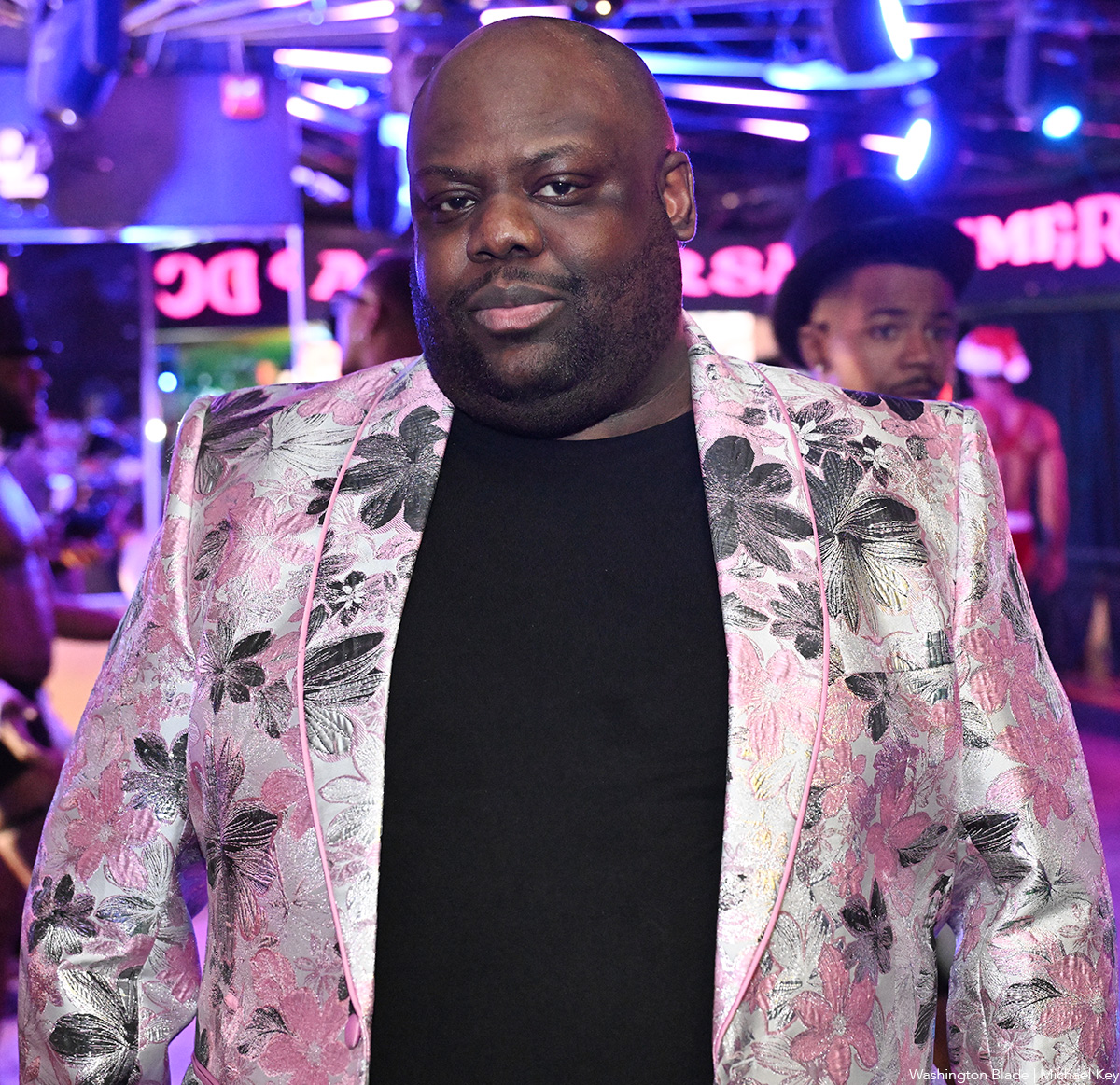
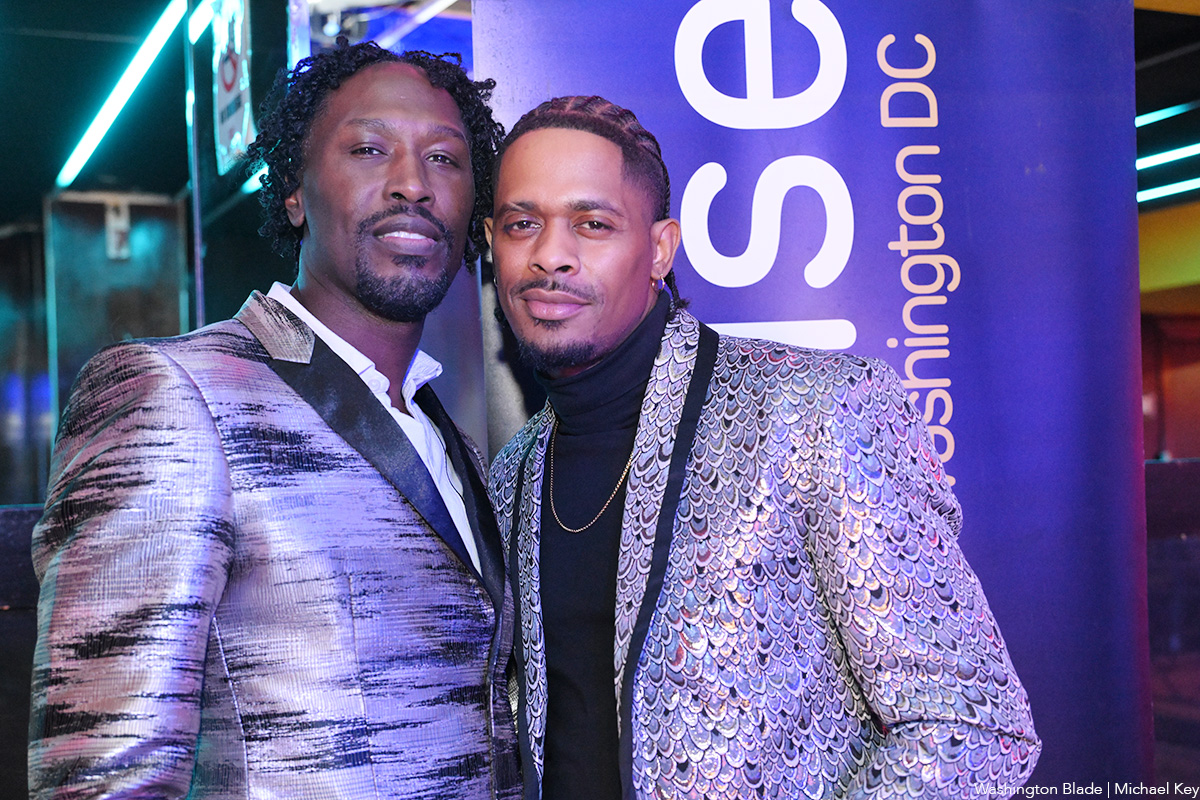
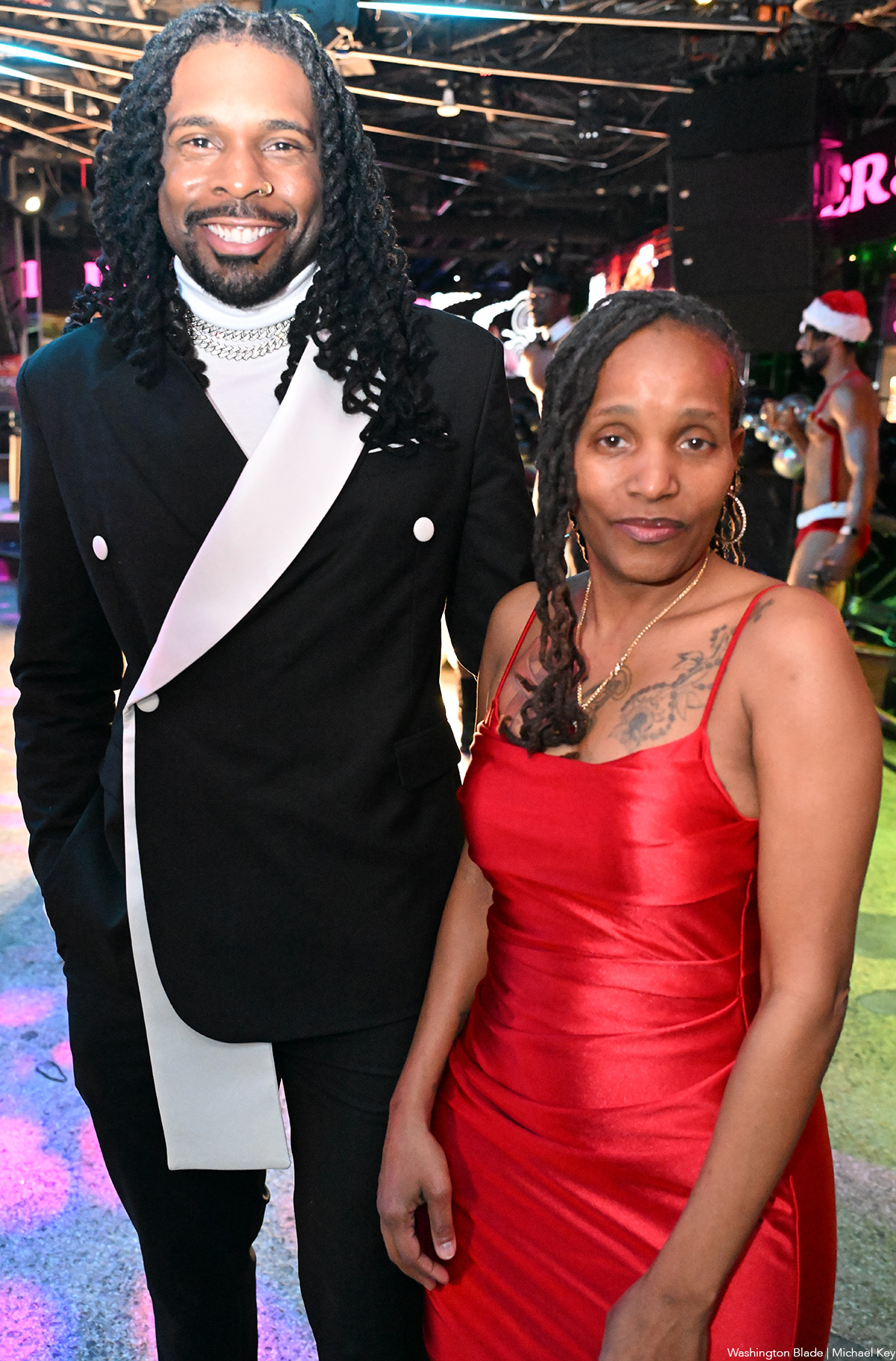
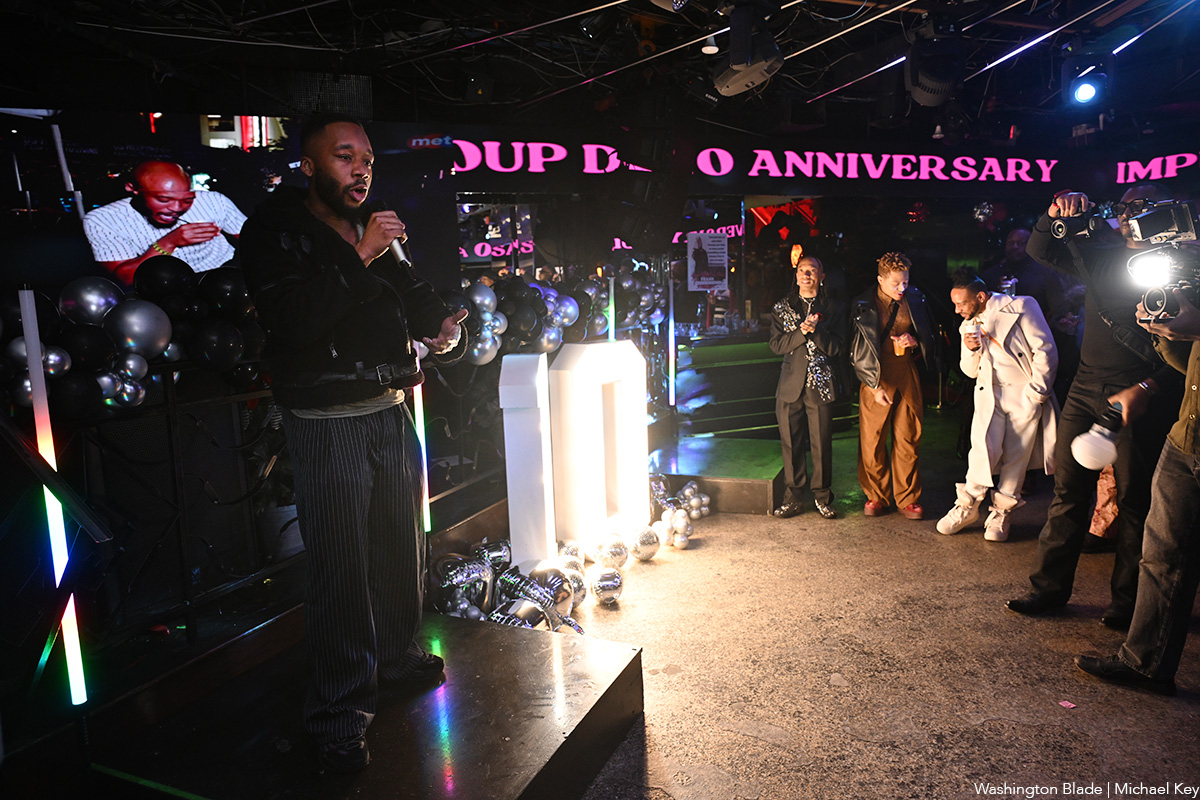
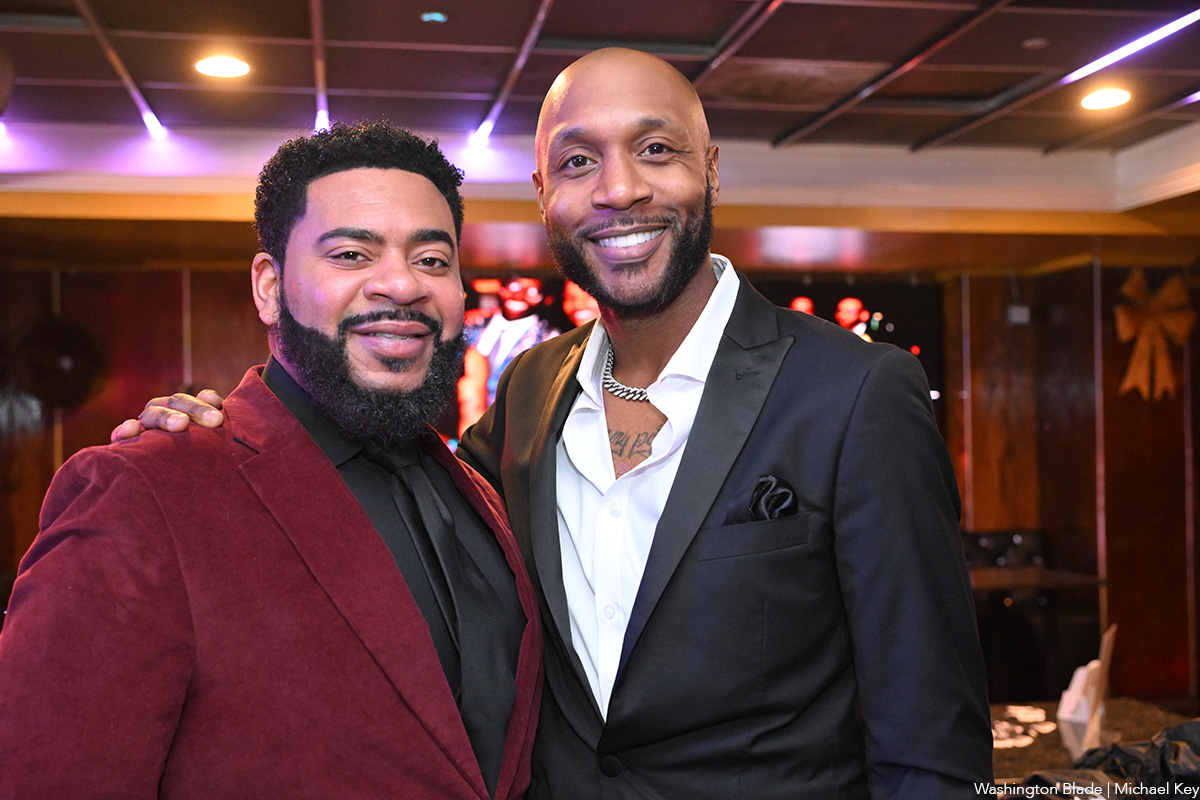
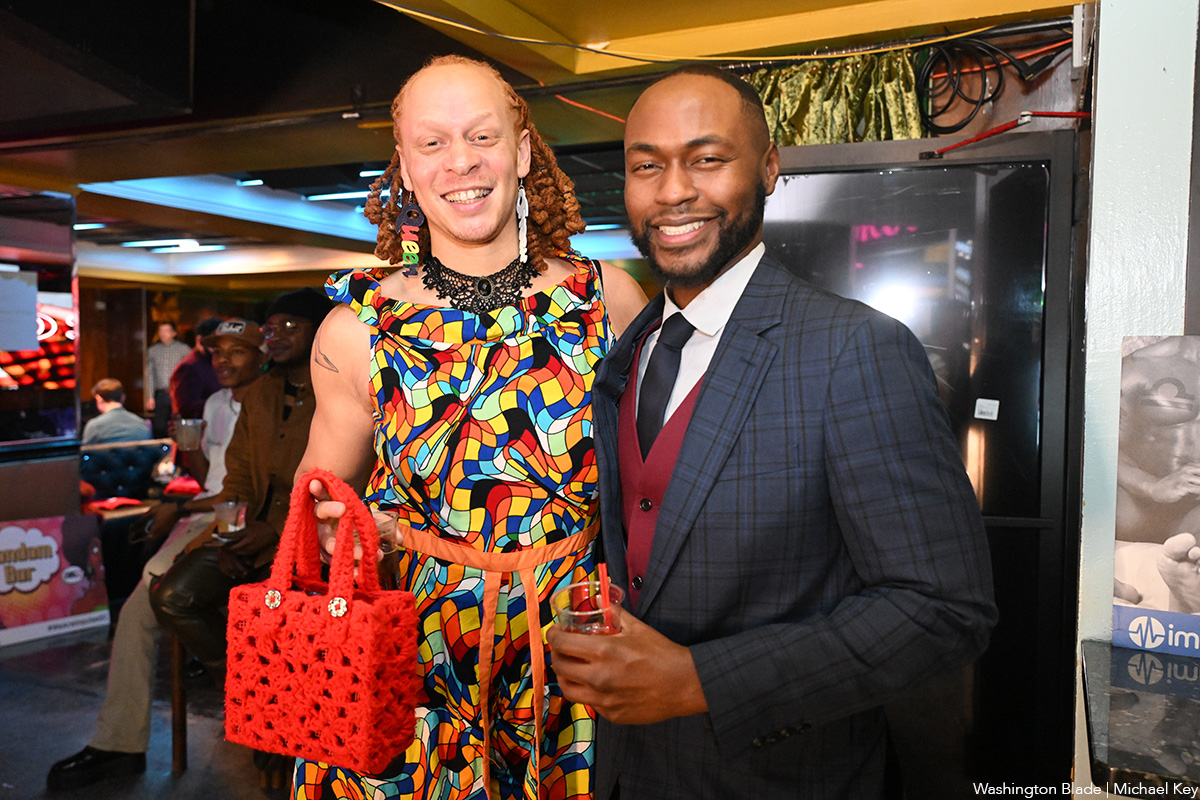
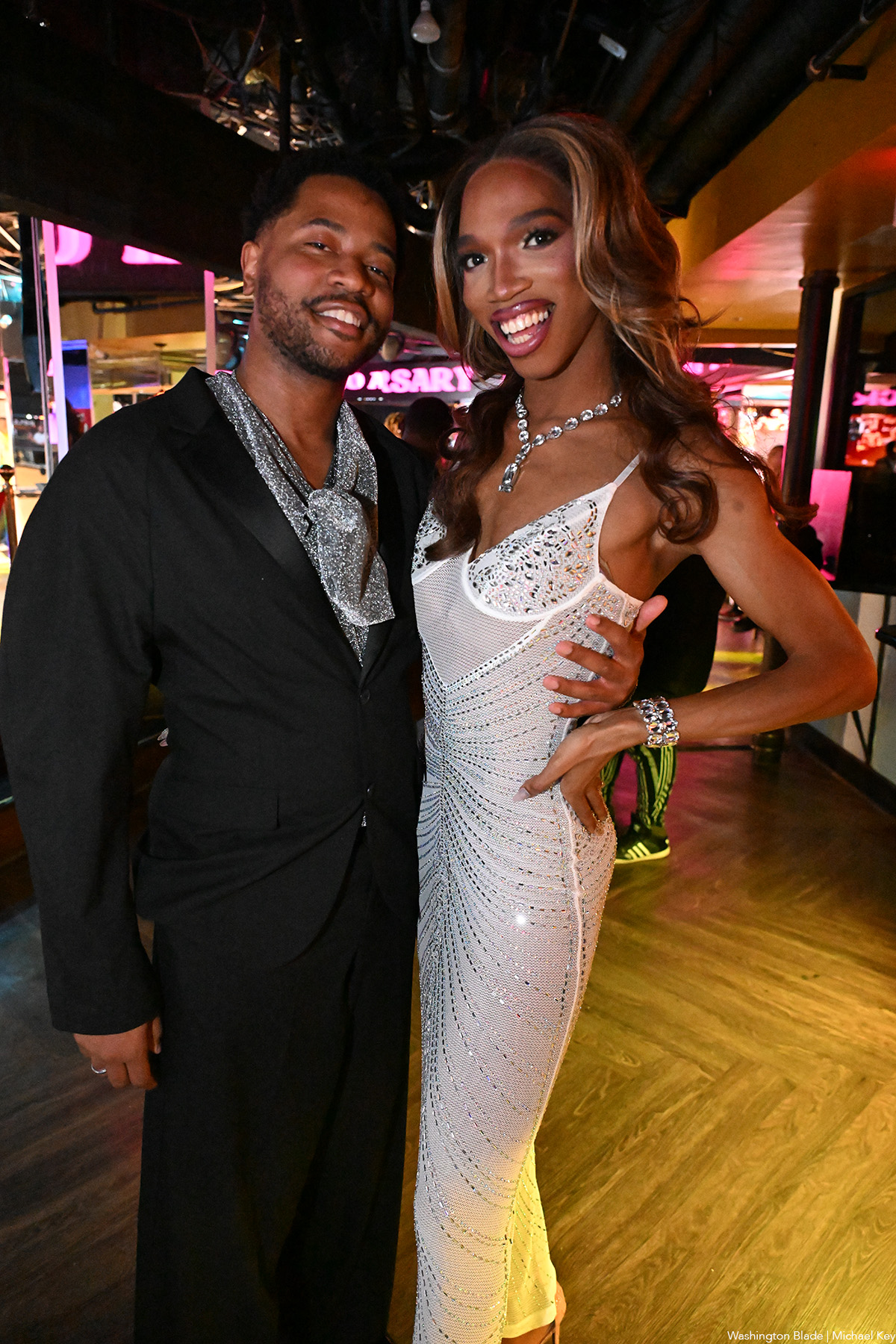
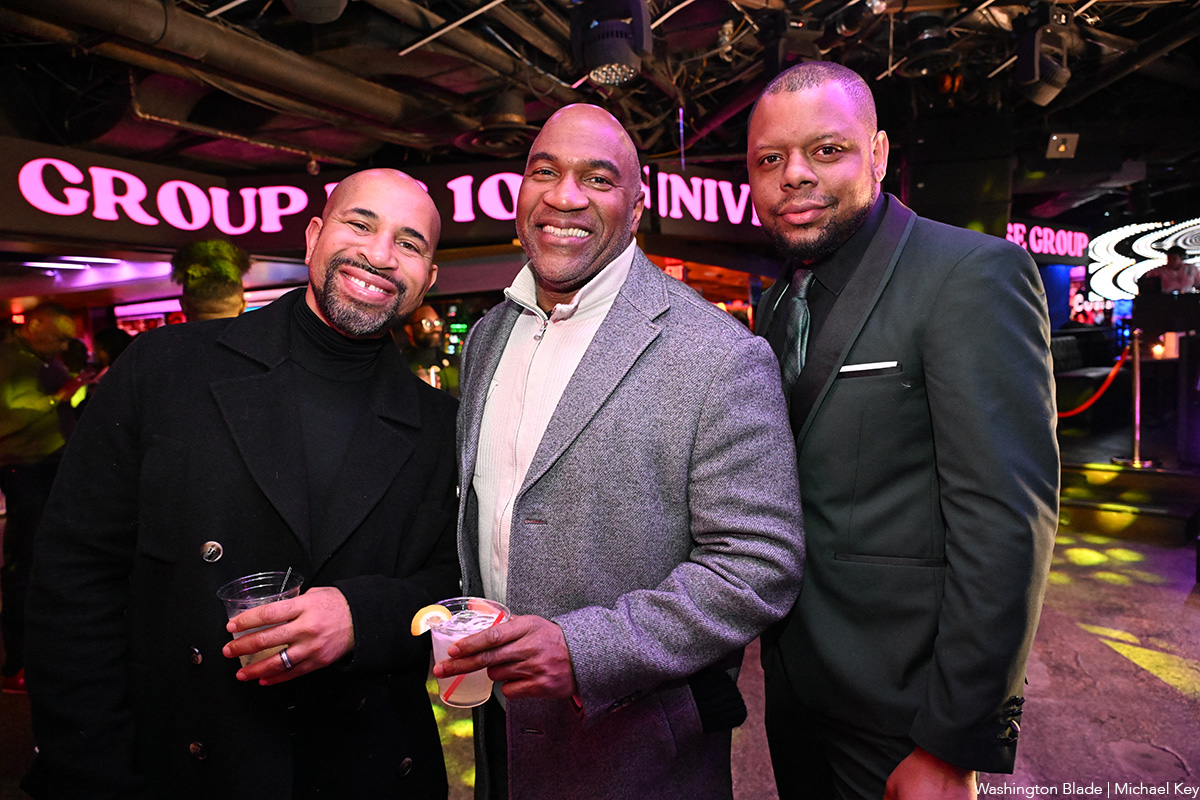
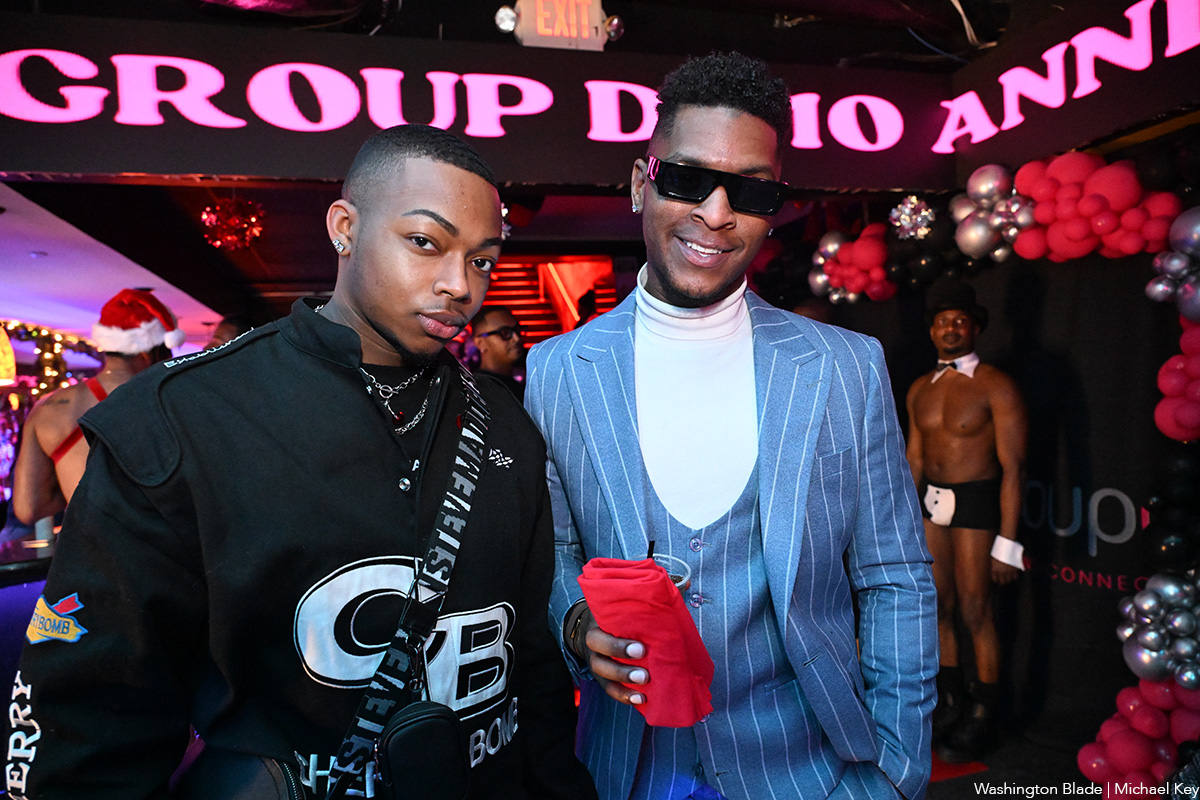
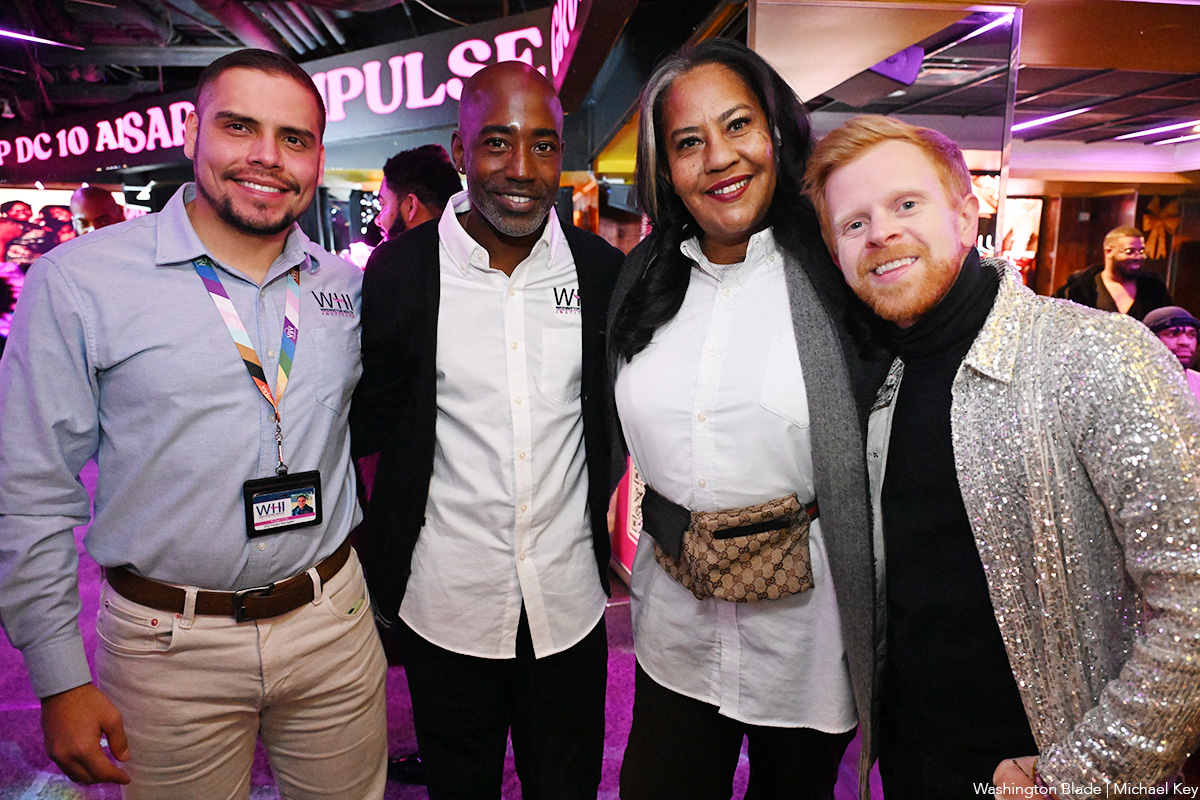
-

 District of Columbia5 days ago
District of Columbia5 days agoNew queer bar Rush beset by troubles; liquor license suspended
-

 The White House5 days ago
The White House5 days agoHHS to restrict gender-affirming care for minors
-

 The White House4 days ago
The White House4 days ago‘Trump Rx’ plan includes sharp cuts to HIV drug prices
-

 The White House4 days ago
The White House4 days agoEXCLUSIVE: Democracy Forward files FOIA lawsuit after HHS deadnames Rachel Levine

